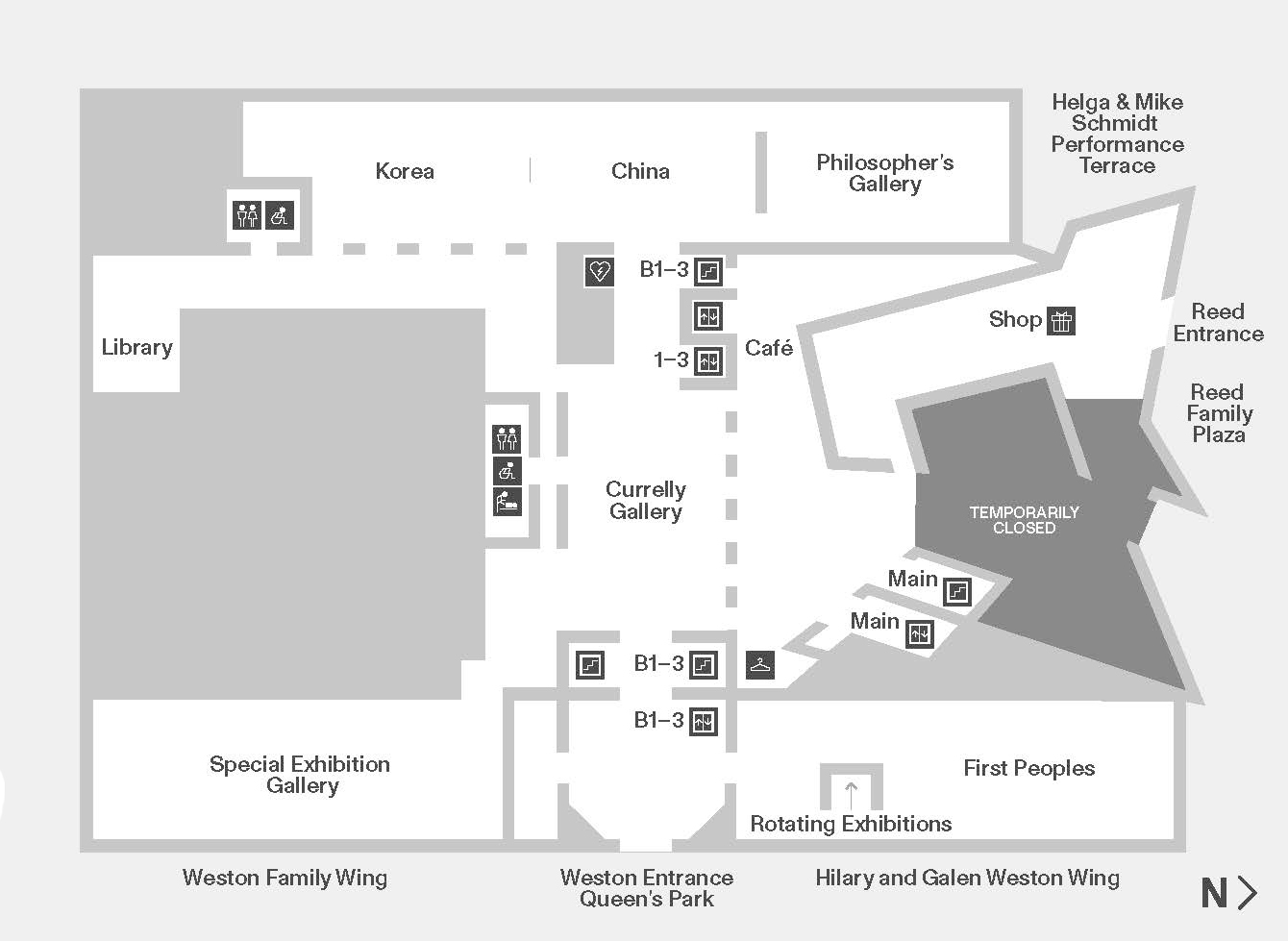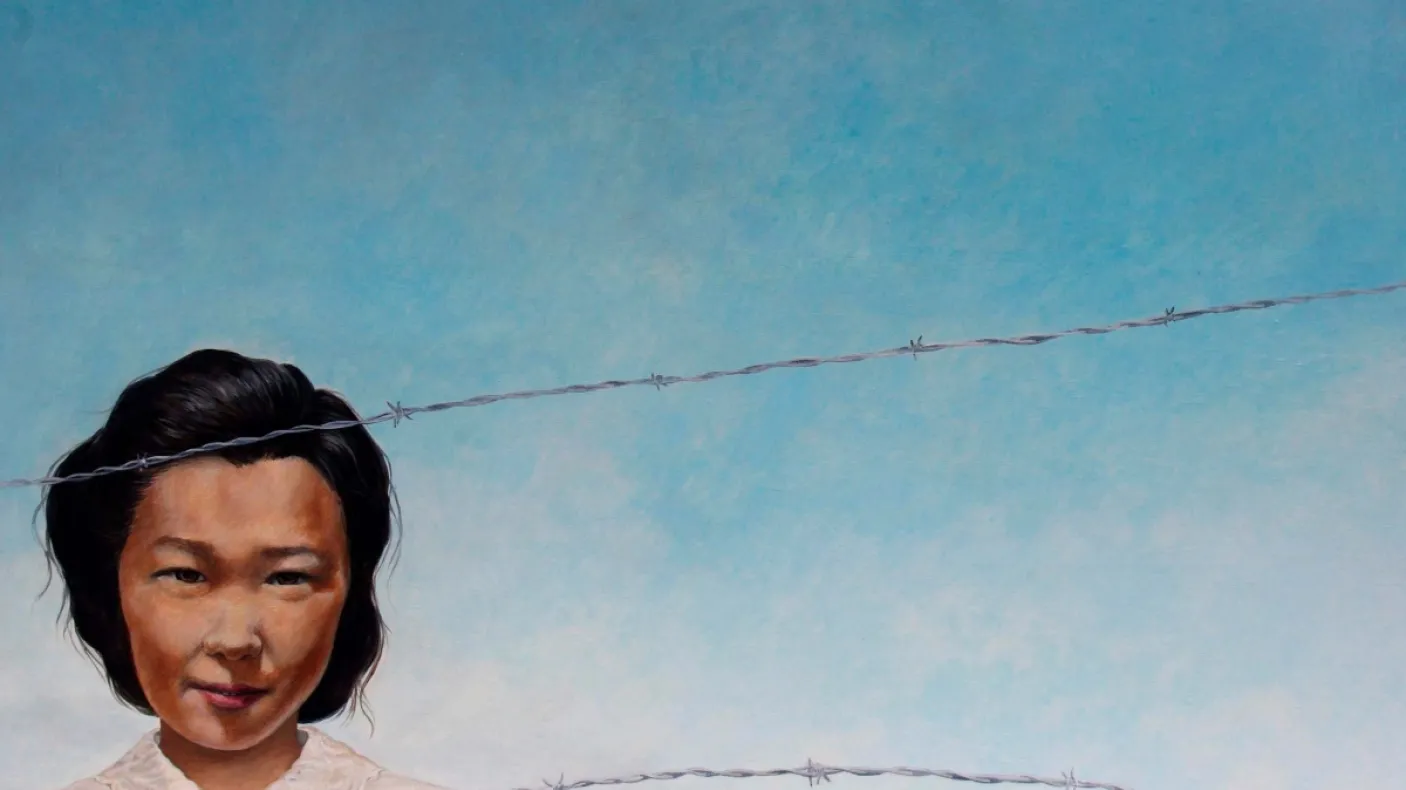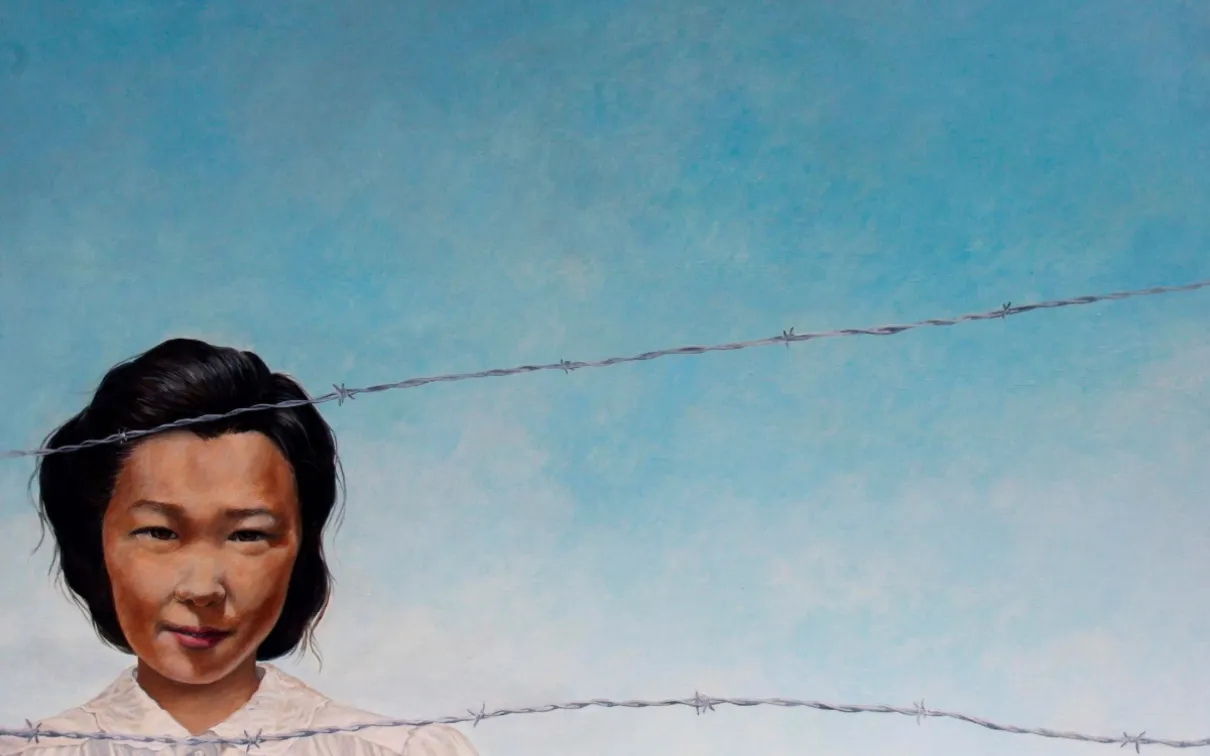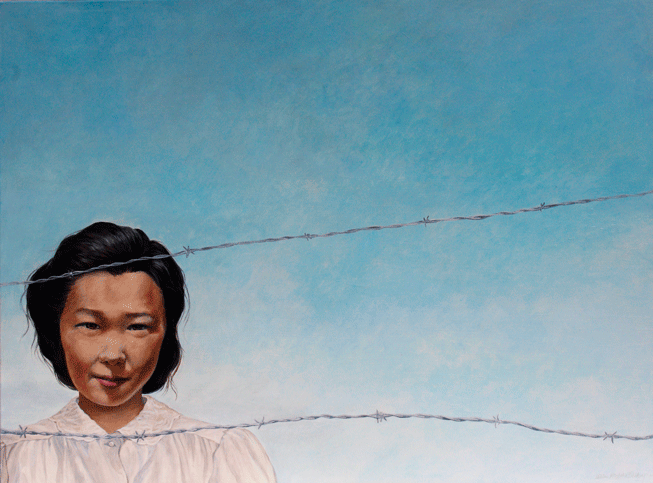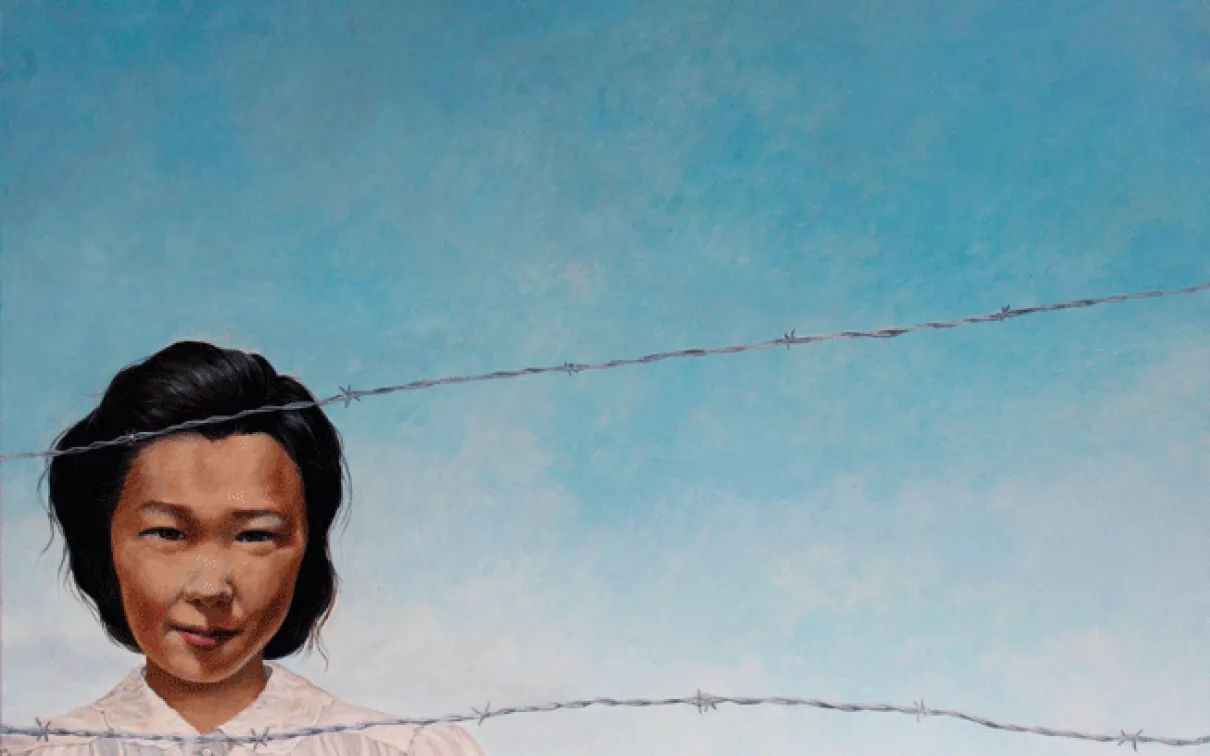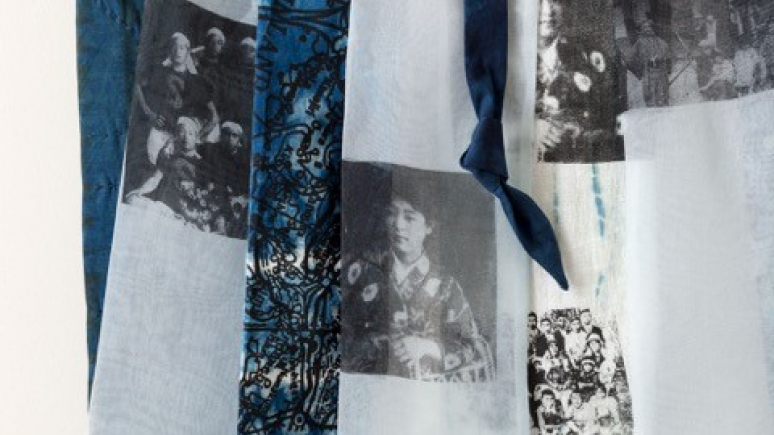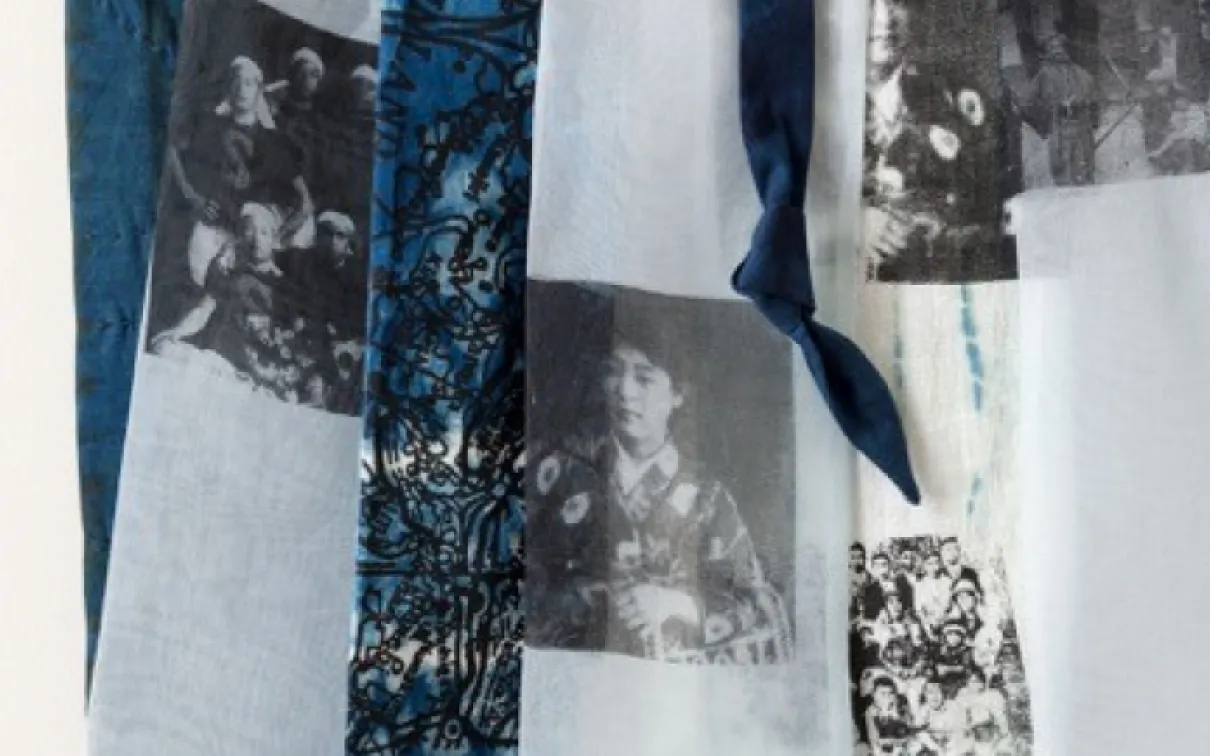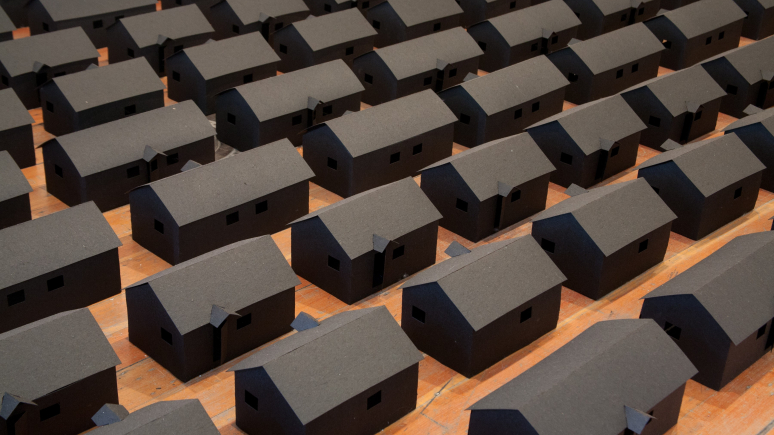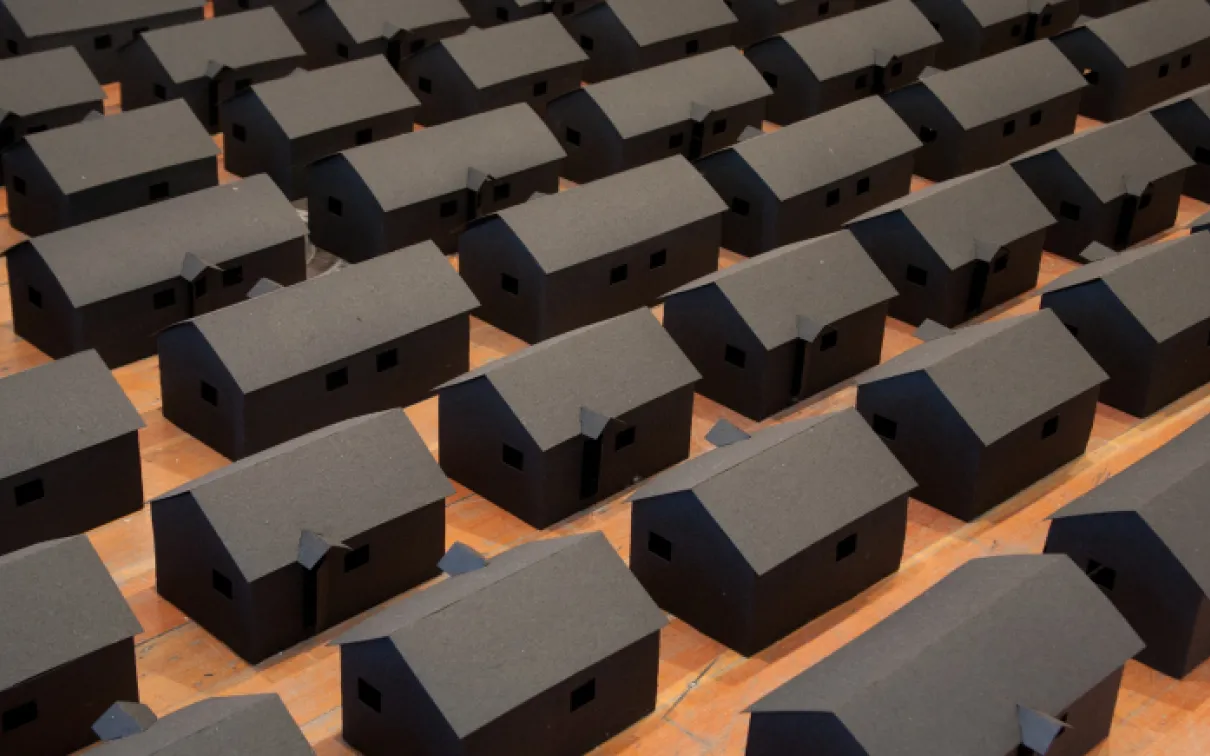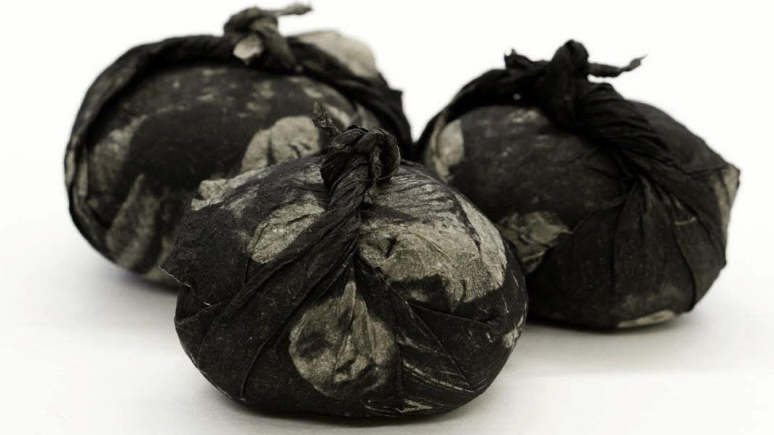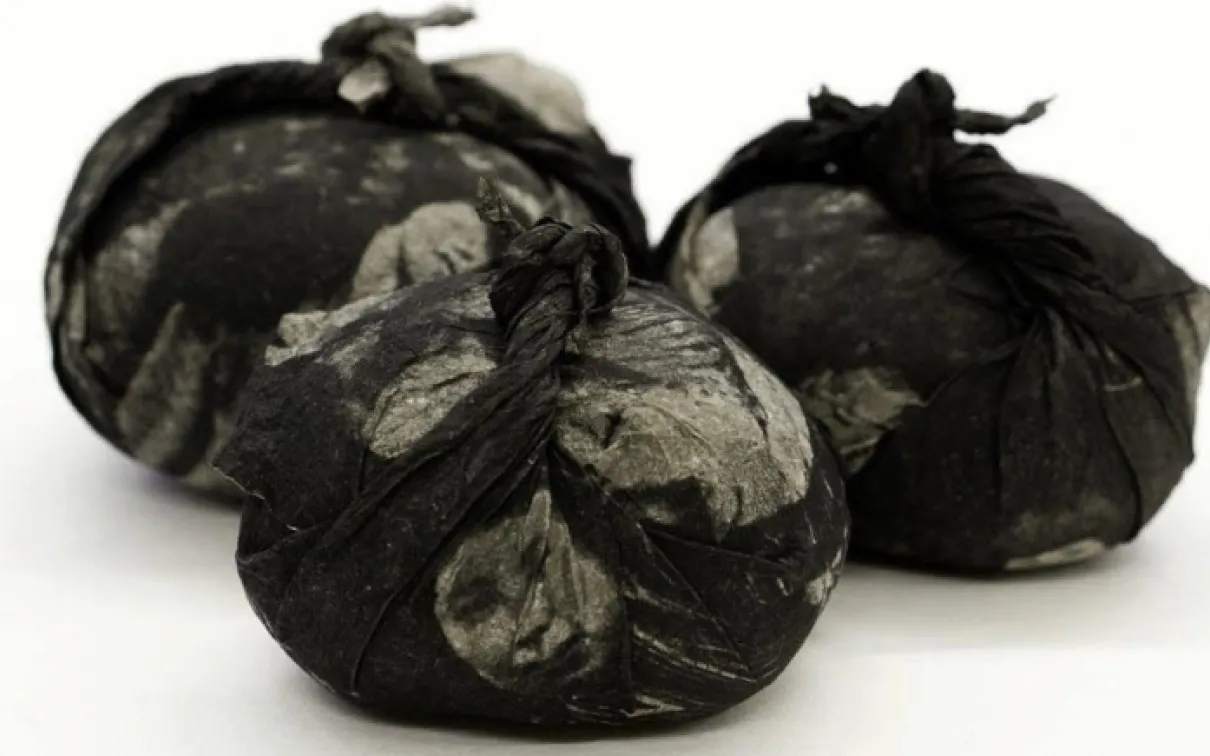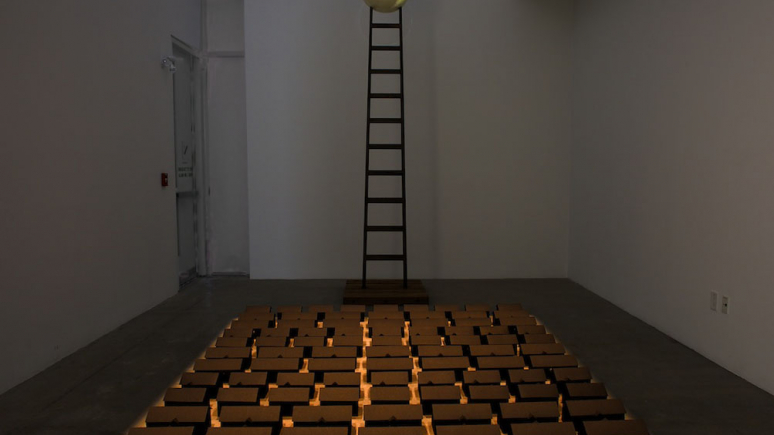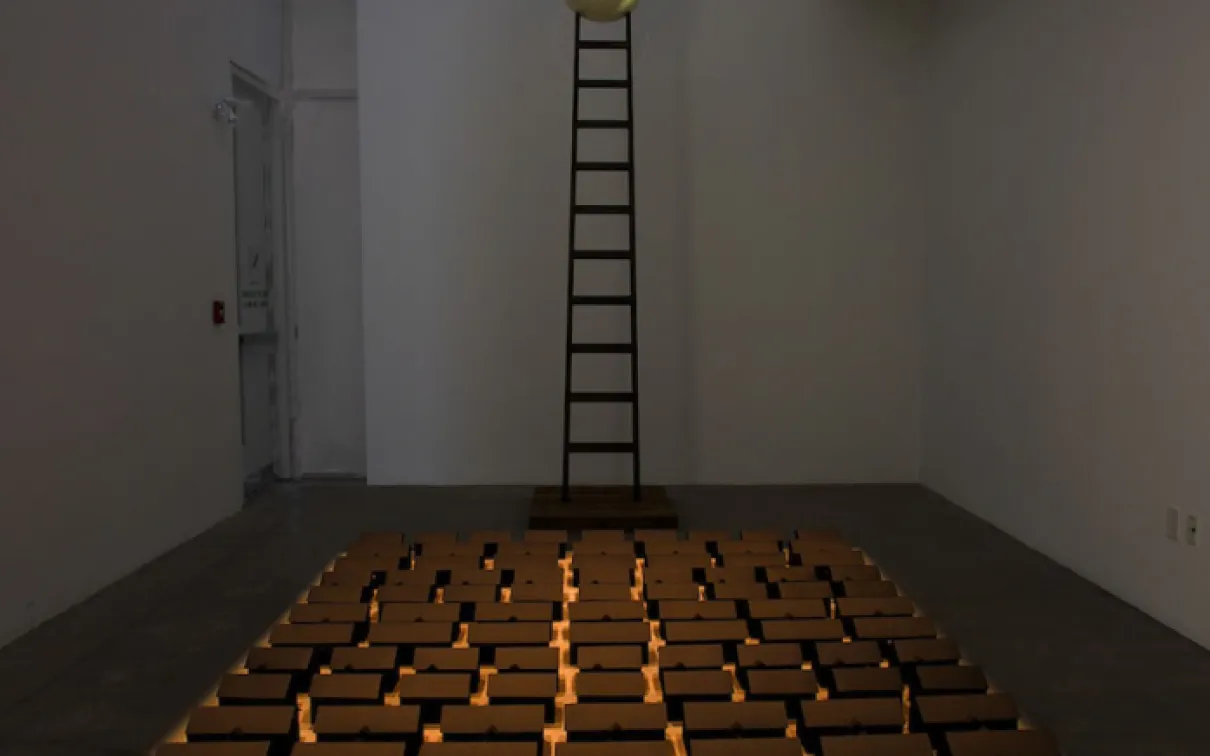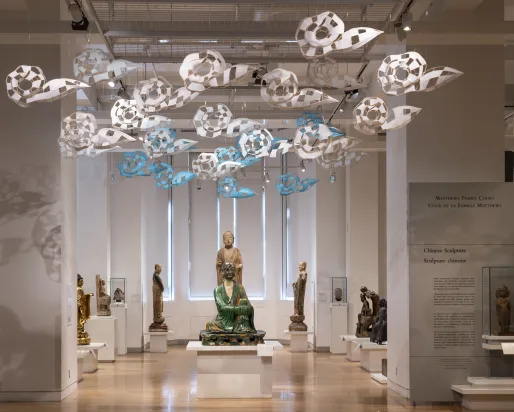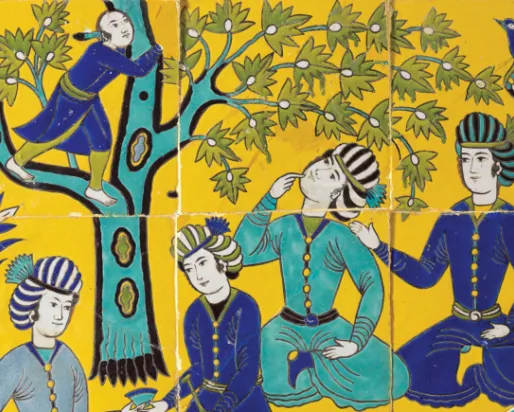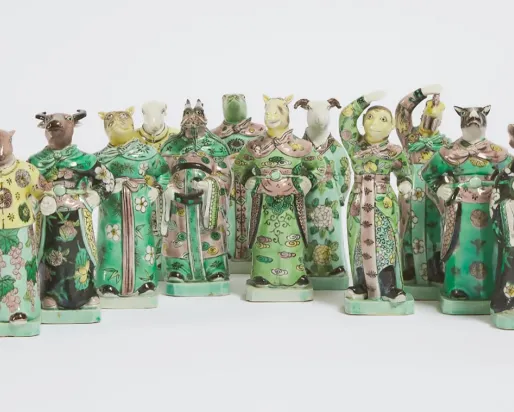Being Japanese Canadian
reflections on a broken world
Date
Location
Audience
About
Encounter personal perspectives on the exile, dispossession, and internment of Japanese Canadians during the 1940s through a series of artworks interspersed throughout the Sigmund Samuel Gallery of Canada. This installation features contemporary artists who experienced this history first hand, and those who grapple with their parents and grandparents’ experiences. Being Japanese Canadian prompts us to reflect on the long-lasting ramifications of this historical Canadian injustice, and what it means to be Canadian today.

Highlights
Being Japanese Canadian artists include:
Lillian Michiko Blakey is a third generation Japanese Canadian, based in Newmarket, whose family came to Ontario in 1952. The first in her family to graduate from university, she became a teacher, educational consultant, and professional artist. She is the past President of the Ontario Society of Artists, with paintings in the collections of the Government of Ontario and the Nikkei National Museum in Burnaby, BC.
David L. Hayashida is Sansei, a third-generation Canadian living in Kings Point, Newfoundland and Labrador. He is a ceramic artist who works with his partner, Linda G. Yates. Their inspiration is drawn from a wide range of interests – Newfoundland history, climate change, whales, and geology. Recently David has begun exploring the personal impact of his family’s Japanese Canadian history.
Emma Nishimura uses diverse media to address ideas of memory and loss rooted within family stories and inherited narratives. Her work includes traditional etchings, archival pigment prints, drawings, and installations. Found in public and private collections, these have been exhibited nationally and internationally. Based in Toronto, Emma teaches at the University of Guelph and OCAD University.
Steven Nunoda is a multidisciplinary artist based in Calgary, Alberta. His practice centres on extended research projects dealing with questions of material-as-metaphor, family life, culture and place, memory and identity. His sculpture and installation work incorporate miniatures, woodcarvings, constructions, digital imaging and output, text, and time-based strategies.
Laura Shintani is a multimedia artist based in Toronto, who believes the viewpoint of the audience is key. She is interested in seeing people embrace the cycle of creativity – playing, problem solving, and reflecting. She hopes her audiences might be inspired to artistic expression and make a difference. No topic is taboo. Shintani encourages others to follow ideas that garner goodwill.
Norman Takeuchi has very early memories of the interior of British Columbia, where his parents were forced to relocate from Vancouver during World War II. A graduate of the Vancouver School of Art, Takeuchi went to London, England in 1967, to concentrate on painting with support from the Canada Council. He left an exhibition design career in 1996 to focus on art. Takeuchi lives in Ottawa, Ontario.
Marjene Matsunaga Turnbull is a second-third generation Japanese Canadian, Nisei-Sansei. Well aware of prejudice while growing up, Turnbull focuses on the anger and hurt of racism in her sculptures. Turnbull tries to resolve cultural conflict within and without Japanese Canadian society in her work – to present ethnic, social, historical, and political commentary. Turnbull lives in Onoway, Alberta.
Yvonne Wakabayashi spent her early childhood in an internment camp with her family in the interior of British Columbia. Returning to post-war Vancouver, she earned a Master’s degree in Education and spent many years as a textile teacher while developing her art practice. Wakabayashi’s work blends ancient Japanese cultural traditions with modern ideas. Wakabayashi lives in Burnaby, British Columbia.
Explore More
“Japanese Canadians in the Arts” by Bryce Kanbara
For more information
Japanese Canadian History
Landscapes of Injustice Project
National Association of Japanese Canadians
Nikkei National Museum & Cultural Centre
Nikkei Stories
The SEDAI Project
TASHME: Historical Project
Japanese Canadian Arts and Culture
Japanese Canadian Artists Directory
Japanese Canadian Cultural Centre (Toronto)
Powell Street Festival
Diversity and Inclusion Education
Canadian Centre for Diversity and Inclusion
Canadian Race Relations Foundation
Multicultural History Society of Ontario (MHSO)
Research for the exhibition was conducted with support from the Landscapes of Injustice Project and the Japanese Canadian Cultural Centre (Toronto).
